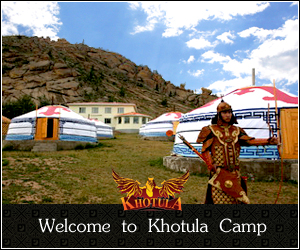Population Migration in Mongolia
 During the early years of Mongolia’s market economy, migration from urban places to rural areas was dominant. However, due to dzud and drought natural disasters occurring frequently in the previous five years, migration from rural areas to urban places has increased, especially migration of herders who lost animals in the natural disasters, which dramatically increased. Along with the natural disasters, factors including insufficient quality of education and health services, and lack of work positions in rural areas, as well as others, led large groups to migrate. In the 2000 census, 491,806 people or 20.7 percent of the total population were covered in migration.
During the early years of Mongolia’s market economy, migration from urban places to rural areas was dominant. However, due to dzud and drought natural disasters occurring frequently in the previous five years, migration from rural areas to urban places has increased, especially migration of herders who lost animals in the natural disasters, which dramatically increased. Along with the natural disasters, factors including insufficient quality of education and health services, and lack of work positions in rural areas, as well as others, led large groups to migrate. In the 2000 census, 491,806 people or 20.7 percent of the total population were covered in migration.
During the past five years, 65 percent of migrants have settled in Ulaanbaatar. The migrants made up 14 percent of Ulaanbaatar’s population. Due to the centralization of population, 32.5 percent of the total Mongolian population lives in the capital city.
 As Mongolian foreign relations and international cooperation have widened in recent years, Mongolians migrate abroad with the purposes of studying and working. The country, which only 16 years ago used to screen anyone who was traveling abroad, today has the most traveled people in the world – some 100,000 Mongolians or 12.5 percent of the total population travel abroad each year.
As Mongolian foreign relations and international cooperation have widened in recent years, Mongolians migrate abroad with the purposes of studying and working. The country, which only 16 years ago used to screen anyone who was traveling abroad, today has the most traveled people in the world – some 100,000 Mongolians or 12.5 percent of the total population travel abroad each year.















